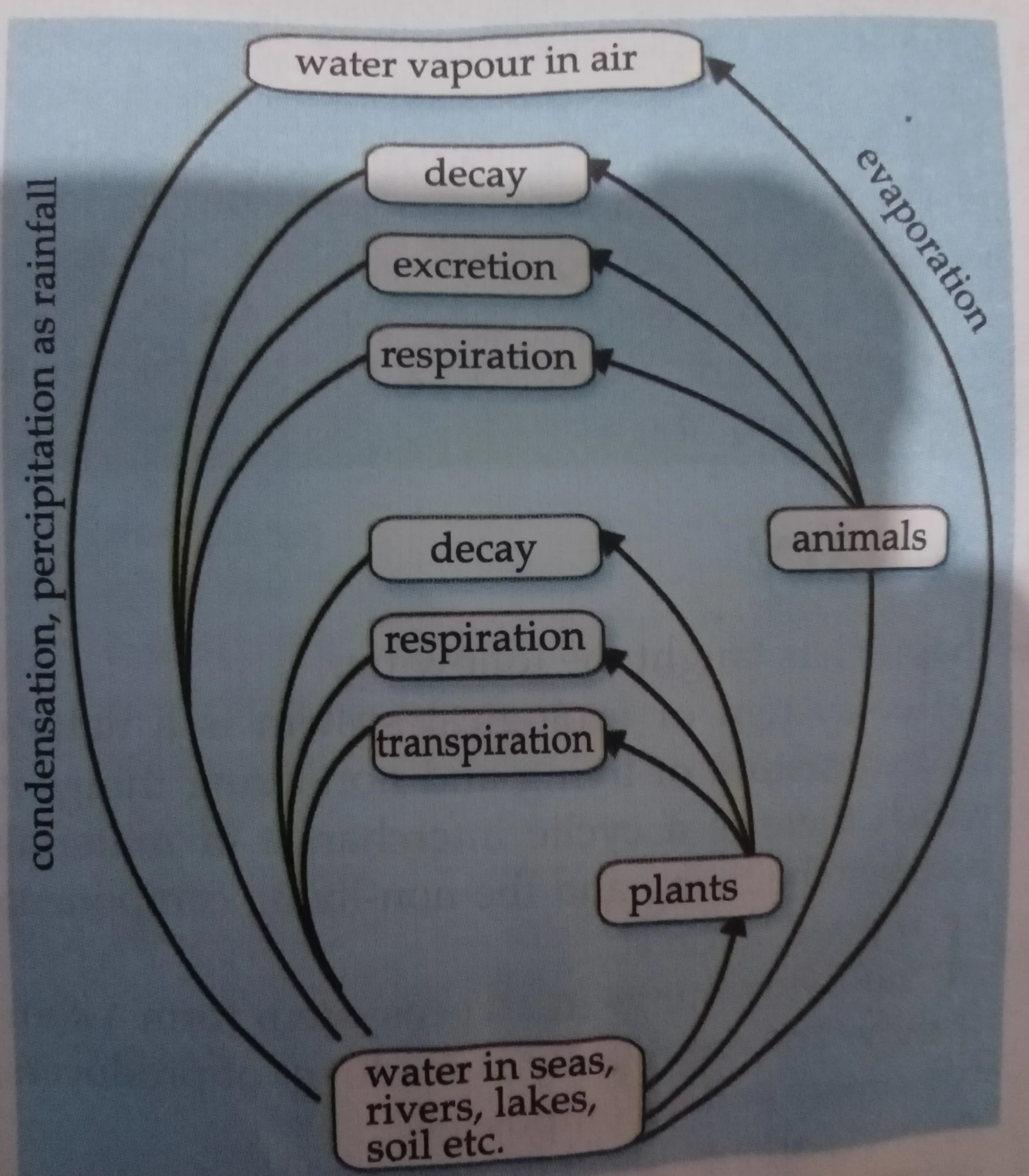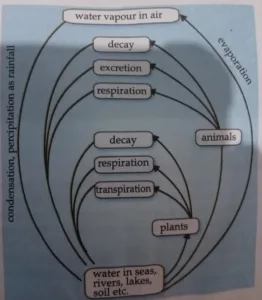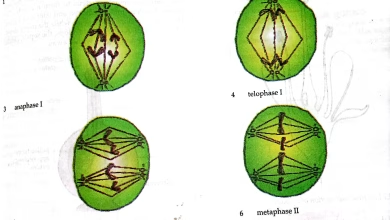
Understanding the Water Cycle: How Water Moves in a Circle
We’re talking about something simple but powerful — the water cycle. This is how water moves in a circular path in nature. Now, many people often wonder: how does water fall from the sky? That’s exactly what we call water cycling.
You hear terms like evaporation, vaporization, and transpiration — and I’m going to explain all of them, step by step, in a way that makes sense. It’s a process that happens every day around us, and we don’t even notice.
Water Is a Cycle in Nature
Water is always on the move. It doesn’t just stay in one place — it goes through stages and comes back again. That’s why we say water is a cycle in nature. Now, water may not be the most important thing in the world, but it’s definitely important to both plants and animals. For aquatic animals, water is literally life. And plants? They need water to grow and survive too.
Water Keeps Getting Reused
Let’s break it down. The same water we drink is being used over and over again. Just like how we recycle waste, water also gets recycled. Even water that runs through the gutter, or any dirty water, is still part of the cycle.
When it runs off from the ground, it doesn’t just vanish. It goes back up into the sky through evaporation and eventually comes back as rain. That’s how it works.
Sunlight Starts the Process
When rain falls and water touches the surface of the earth, sunlight or light energy from the sun hits it. That’s what causes evaporation — water changes into vapor and rises into the air. You see this when you leave water on the ground or a table and come back to find it dried up. It didn’t disappear — it evaporated.
From the Ground to the Air Again
Once rainwater gets into the soil, the soil absorbs it. The sun continues to heat the ground, and the top layer starts to dry. Plants take in that water through their roots, and send it up to their leaves, where it’s released back into the air. That’s what we call transpiration.
Transpiration happens mostly in plants, but water also gets into the air through:
- Respiration during photosynthesis
- Decay of plants or animals
- Sweat, urine, and even when we breathe out
Yes — even when animals (including us) breathe or sweat, we’re helping water get back into the air. That’s why I say everything joins in — plants, animals, humans, even decaying things.
How It Turns Into Rain Again
All this water vapor goes up, then cools, and forms clouds. When the clouds are full and heavy, the water condenses and falls back down — as rain, snow, or hail. This is what we call precipitation.
From there, the whole cycle starts again — water goes into the soil, plants use it, it evaporates, goes into the clouds, and falls again.
Frequently Asked Questions (FAQs)
1. What is the water cycle in simple terms?
It’s how water moves around — from the ground to the air and back again — through processes like evaporation, condensation, and rain. The same water just keeps going round.
2. How does water fall from the sky?
When water vapor forms clouds and the clouds become heavy, the water falls down as rain or snow. That’s called precipitation.
3. What causes evaporation?
Sunlight. When the sun shines on water — whether in a river, puddle, or even sweat — it turns to vapor and goes into the air.
4. What is transpiration?
It’s when plants release water through their leaves. Most of it happens during the day when the sun is out.
5. Can dirty water be recycled naturally?
Yes. Even gutter water or waste water can enter the water cycle. Once it evaporates, it becomes clean vapor, then falls again as clean rain.
6. Where does the water go when it dries up?
It evaporates — the sun turns it into vapor. So when something wet dries up, that water has simply gone back into the air.
7. Do animals play a role in the water cycle?
Yes. Through sweat, urine, and breathing, animals release water back into the air. It all adds to the cycle.
8. What is precipitation?
It’s when water falls from the sky — as rain, snow, or hail — after the clouds get full of condensed water vapor.
9. Is any water lost in this process?
No. Water doesn’t get lost — it just changes form. It moves between liquid, vapor, and solid states, but stays in the cycle.
10. Why is the water cycle important?
It helps keep water available for everyone — plants, animals, humans. It fills our rivers, grows our food, and keeps nature balanced.
Final Words
So you see, water doesn’t just appear or disappear. It moves in a circle, changing from one form to another — from liquid to vapor, to clouds, and back again. That’s the water cycle. And whether it’s from the ground, from plants, or from our own bodies, all of it plays a part.
Water is life. And this is how nature keeps it flowing.








